Wuxia is literally translated from Mandarin Chinese as “martial heroes,” or “martial chivalry,” though it’s meaning is much more detailed. The wuxia genre features swordfighting martial artists, some of who can briefly fly. The stories usually contain obvious forms of good vs evil and showcase a hero with obvious morals going against corrupt officials in a seemingly impossible task. There is also a tendency for wuxia stories to showcase men and women on an equal scale, at least in regards to the fighters.
Most wuxia takes place in the past, which causes them to be categorized as historical fiction, though this might not be accurate in some of those cases since there is little desire to be historically accurate. The main setting itself is usually, though not exclusively, beautiful areas of nature such as waterfalls, gorgeous mountains, and crystal clear rivers. Another visually beautiful aspect are the costumes of the heroes, dressing in perfectly gorgeous garments, usually colorful or clean white, sometimes showcasing one or two colors that the hero can be easily identified by throughout the story.
Novels of “Martial Heroes” existed for several hundred years in China, including Romance of the Three Kingdoms and Outlaws of the Marsh. They feature early aspects of wuxia but, ultimately, wuxia stories blossomed in the early 1900’s, especially in the 1920’s.
A surviving silent wuxia film of that era is Red Heroine from 1929, about a woman who is abducted by a warlord only to be freed by a monk. She then trains in the martial arts, learns the sword, learns to fly, and takes on that warlord in her attempt to stop him from abducting others. Unfortunately, however, wuxia fell out of favor partly because the government wasn’t happy with a genre that often depicted going against corrupt leaders.
The most popular film genre in China from the late 1950’s to mid 1960’s was Huangmei Opera. Production comapny Shaw Brothers had specialized in Huangmei Opera with such landmark films as The Kingdom and the Beauty (1959) and Love Eterne (1963). Sing Kwong Film Company also began adapting wuxia novels in the early part of the decade, and their most popular martial arts story was the Buddha Palm series which was released as a movie serial in Hong Kong.
Shaw Brothers Studios responded by making a commitment to wuxia films in 1965, and very soon martial arts films would eclipse Huangmei Opera as the favorite film genre of China.
Temple of the Red Lotus, the first of a trilogy, became a hugely popular wuxia film for Shaw Brothers in 1965, thanks to it being an adaptation of an already popular story. It also featured a supporting role form Ivy Ling Po of Love Eterne fame, which only helped the film thanks to her being the single most popular actress in Southeast Asia at the time. Temple of the Red Lotus was also a hit because it was in color. In fact, it has since been recognized as the first wuxia color film.
Its sequels, the Twin Swords (1965) and The Sword and the Lute (1966) were also popular, turning a star out of its lead actor Jimmy Wang Yu and making child actor Bo Bo, often referred to as the Shirley Temple of Hong Kong, a household name throughout China.
The Knight of Knights, an underrated film from Zhang Che, helped the success of wuxia films continue but it was another film later in 1966 that has become a true wuxia classic. Come Drink With Me, directed by King Hu and starring an unknown 20-year old soon-to-be starlet named Cheng Pei Pei, became a huge success. Cheng Pei Pei would go on to star in numerous wuxia standout films and earned the nickname ‘Queen of Swords.’
Come Drink With Me also starred Lo Lieh as a hero swordsman, which is ironic because he would spend the 1970’s as one of the most well known kung fu villain actors ever. The villain here, meanwhile, was perfectly played by cunning actor Chen Hung Lieh who would also make a living playing villainous roles in movies such as Trail o the Broken Blade and The Magnificent Trio.
Unable to earn more creative control with Shaw Brothers, director King Hu took his talents to his home of Taiwan and worked with Union Film Company to make the 1967 film Dragon Inn. The film broke box office records in Hong Kong and is considered one of the greatest martial arts film ever made.
Hu was a master at building tension, something he displays in Come Drink With Me and greatly expands upon in Dragon Inn. Both films helped create a wuxia boom that continued into the early 1970’s, until Bruce Lee made the audiences flock to kung fu films.
Although Dragon Inn stars Shih Chun and also features excellent villains thanks to Han Ying Chieh (an excellent choreographer who worked with Bruce Lee) and Miao Tian, the movie is also known for it being the debut role of an 18-year old named Polly Shang Kuan who would become a fan favorite amongst wuxia film fans. She took her craft as a martial arts actress so seriously that she achieved black belts in three different martial arts and blessed the screen with an uncanny charisma duplicated by none.
Before Kuan went on to star in numerous kung fu films in the 1970’s, she would do more wuxia work for Union Films, including the grossly underrated Rider of Revenge. Hu, meanwhile, would go one to film another wuxia classic for the company called A Touch of Zen. It took years to finish and is also considered amongst the best wuxia films ever, some ranking it the very best.
Despite the outstanding movies put out by Union Films, it was Shaw Brothers who were the most successful film company of that era, at least in regards to martial arts movies. This was partly because they owned a significant amount of movie theaters in Southeast Asia, helping them push their movies to wider audiences.
Amongst their wuxia hits include the Jimmy Wang Yu led One-Armed Swordsman, a wuxia classic from 1967 that was directed by Chang Cheh, who would go on to make endless legendary martial arts movies. Another star was born when Cheng Cheh began working with a stuntman named David Chiang, resulting in 1969’s Have Sword, Will Travel, a wuxia film that’s nearly impossible to imitate.
When director Chu Yuan decided to cast Ti Lung in the lead role for The Magic Blade in 1976, it helped turn Ti Lung into a superstar and brought wuxia back to the forefront of martial arts films. Yuan and Lung combined to make a few more films, including four in 1977 alone: Jade Tiger, Clans of Intrigue, Pursuit of Vengeance, and Sentimental Swordsman. Their recipe was to adapt popular wuxia novels by Gu Long. Ultimately, Shaw Brothers made many other wuxia films adapted from the novels of Jin Yong that proved equally successful.
The genre would slowly vanish from popularity until the new age wuxia of the early 1990’s helped reignite it. The Swordsman Trilogy, The Bride With White Hair, and Ashes of Time, amongst others, became the new talk of martial arts movie fans and have become classics of the genre.
These wuxia films have bizarre characters, unique editing styles, and strange ways in which to tell their stories. The films themselves look gritty and are the odd entries of the wuxia genre. The unique nature of these wuxia films practically limits them to this particular era, which make them easier to appreciate.
Brigitte Lin’s portrayal of The Bride with White Hair from 1993, which tells the a woman who was raised by wolves and is now a part of a cult led by freakish conjoined twins, might top the bizarre character list, Lin also portrayed the androgynous Asia the Invincible in the Swordsman Trilogy (directed by Tsui Hark), most impressively in it’s finale film, The East is Red (1993.)
The wuxia film genre would enter yet another era with the release of the groundbreaking Crouching Tiger, Hidden Dragon (2000). A masterpiece from Ang Lee, the film was something of an homage to King Hu, who director Ang Lee called his inspiration. Michelle Yeoh, Chow Yun Fat, and Zhang Ziyi starred alongside the Queen of Swords herself, Cheng Pei Pei.
Lee’s film would immediately inspire other films, including Hero (2002) starring Jet Li, and House of Flying Daggers (2004) starring Zhang Ziyi.
As the story of wuxia films continue, it seems clear that they will always find a way to be relevant. Please keep in mind that this article is just a very brief summary of the hundred years of the wuxia movies that have impacted the screen.


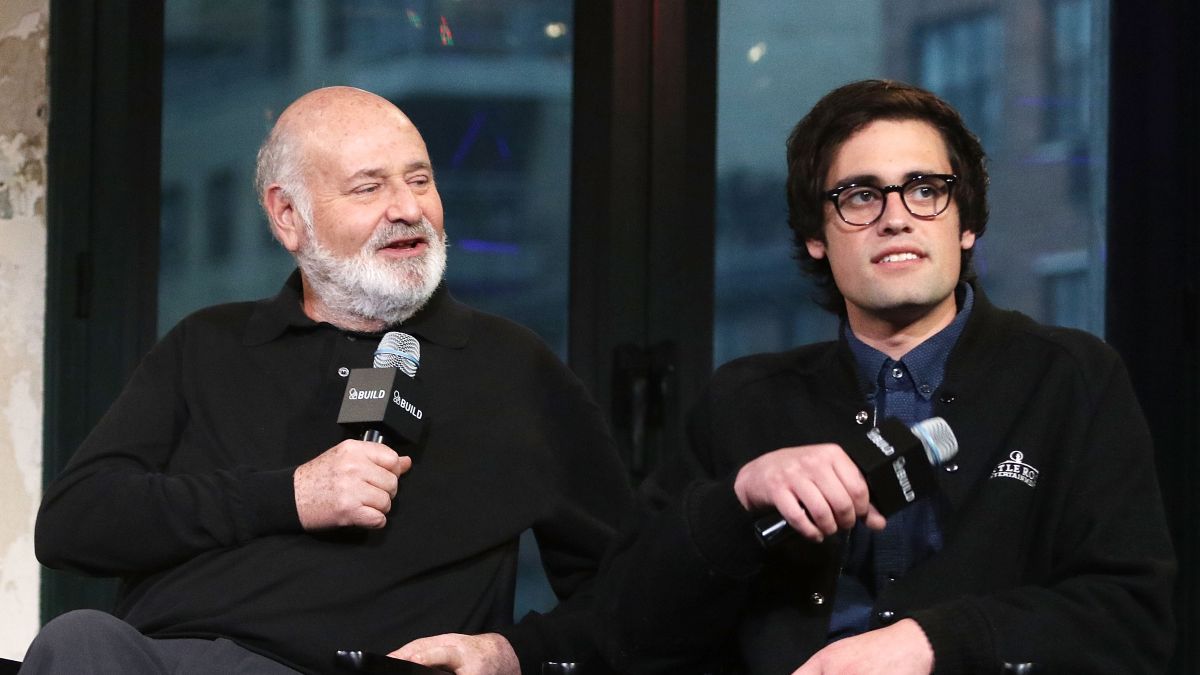


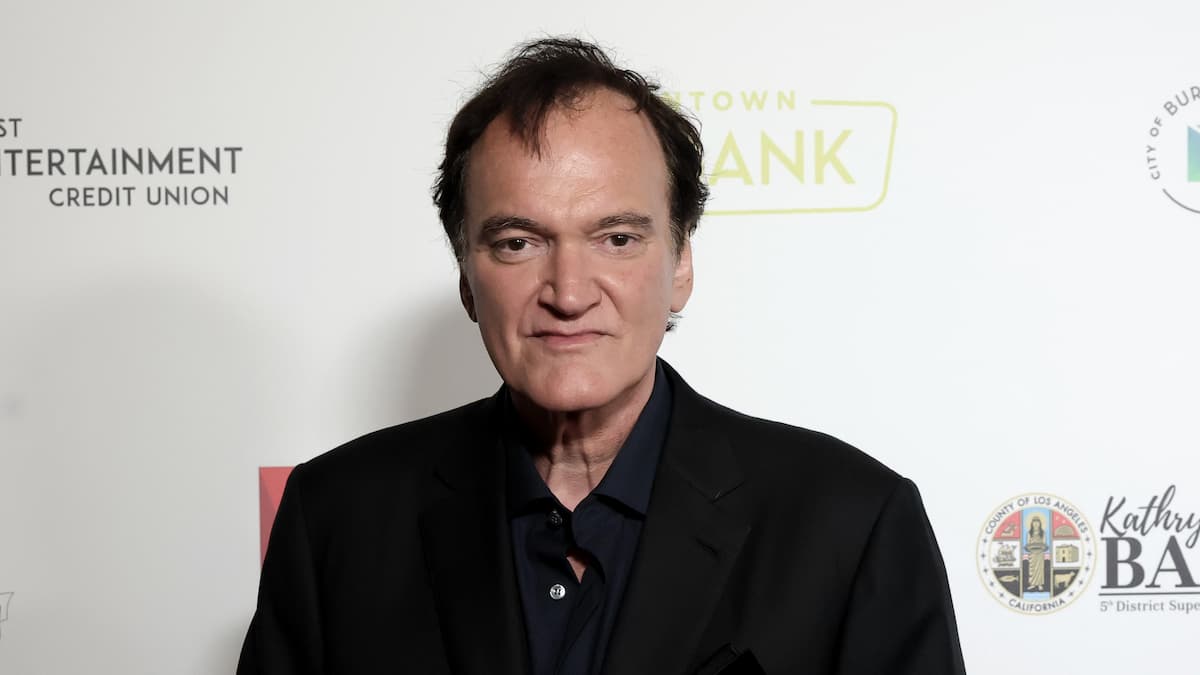
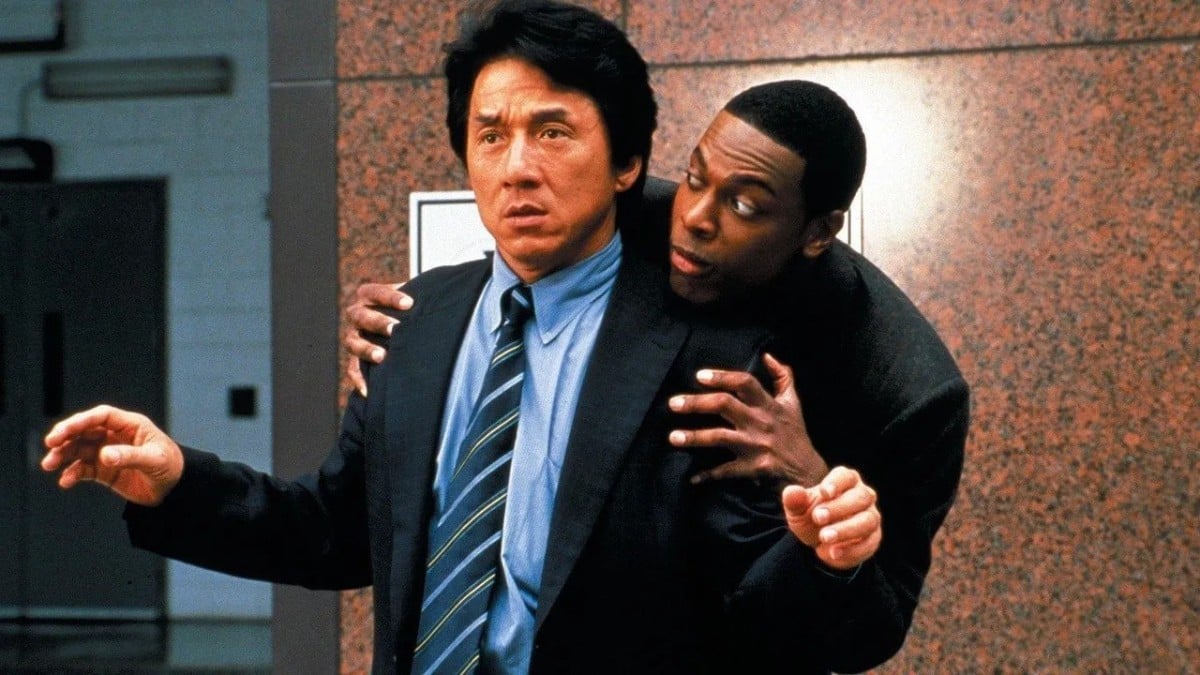
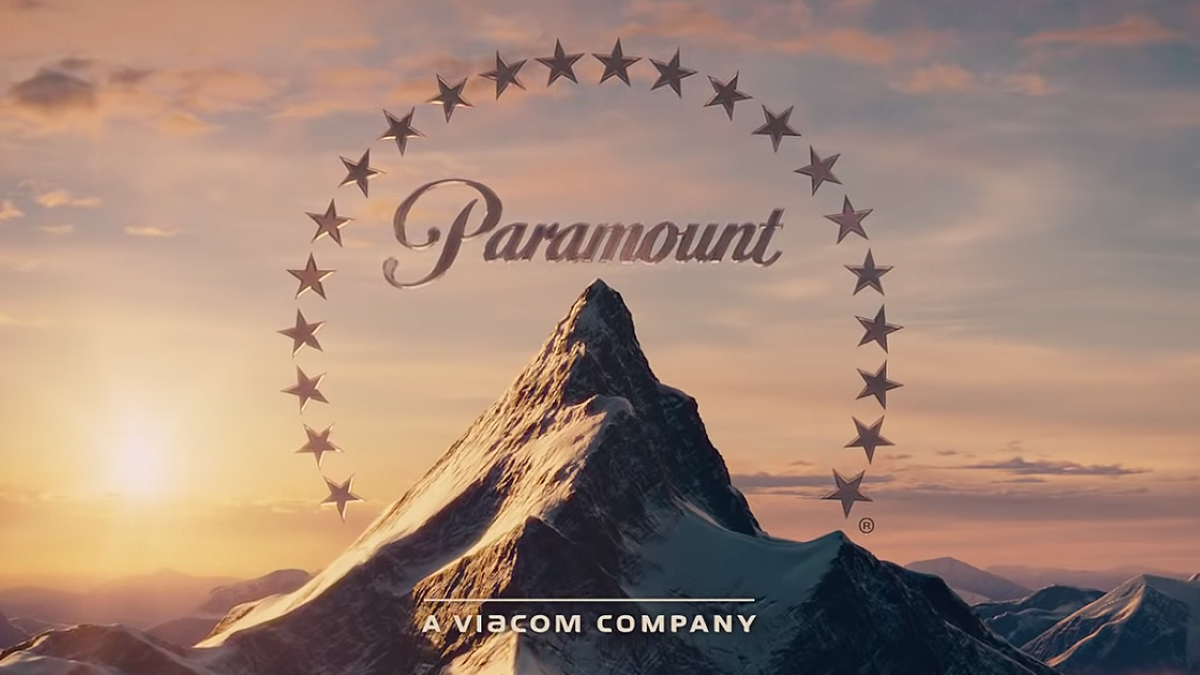
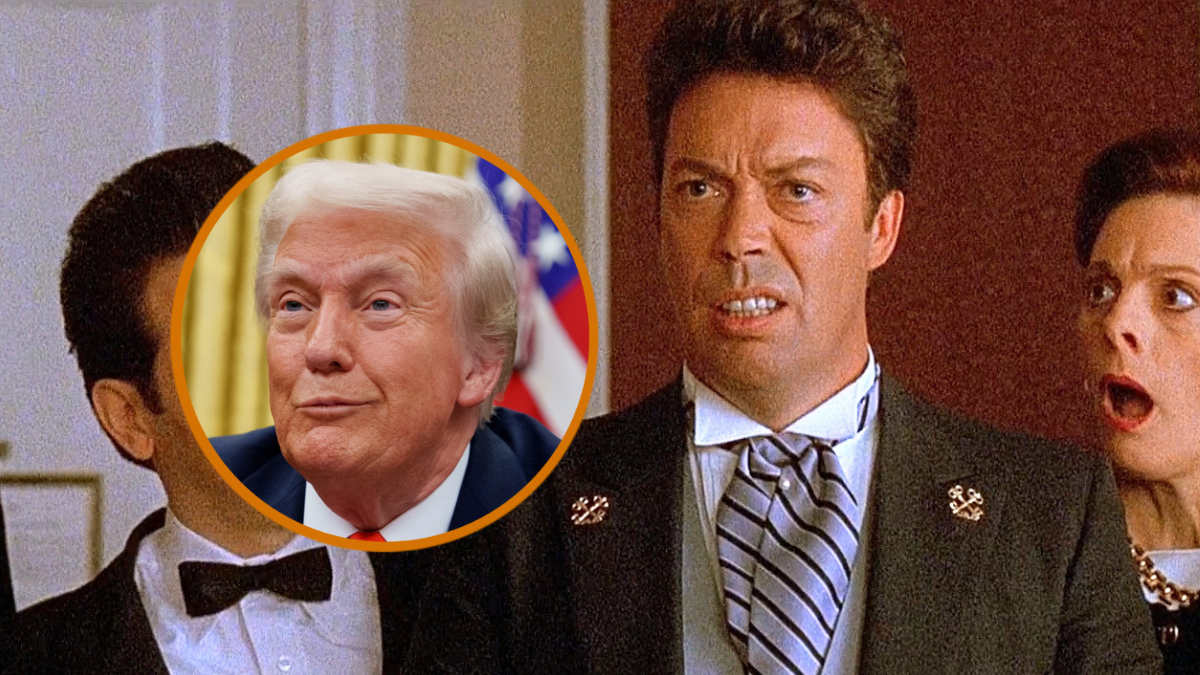
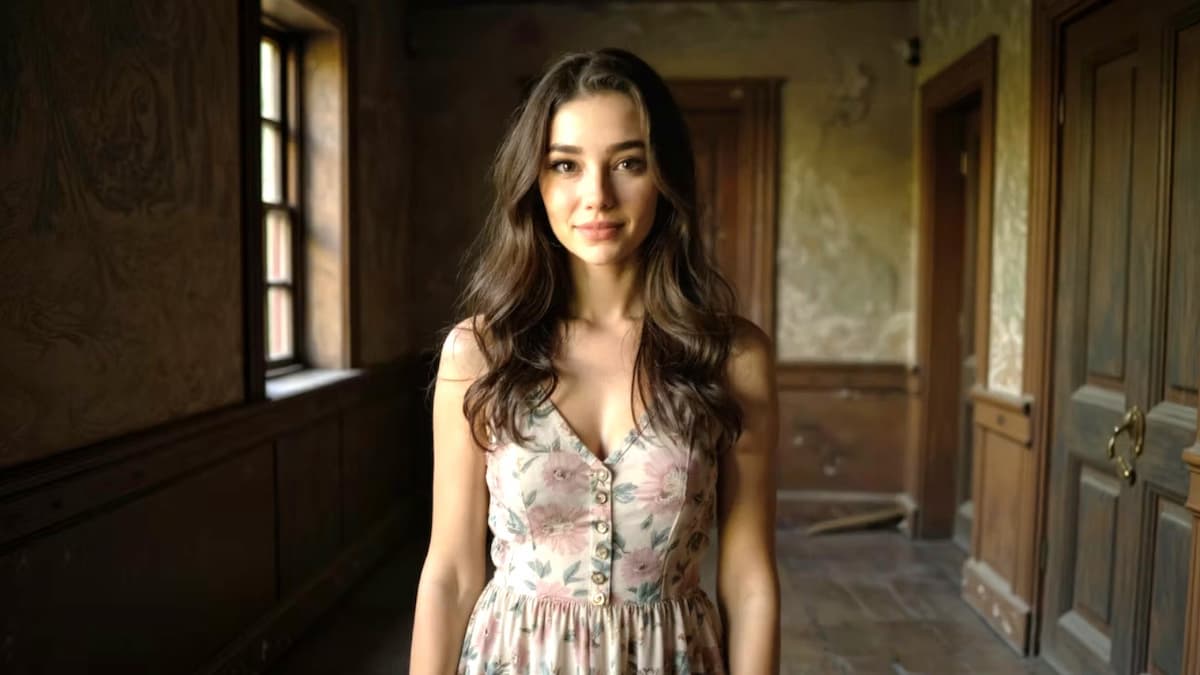
Published: Jul 31, 2022 11:22 pm